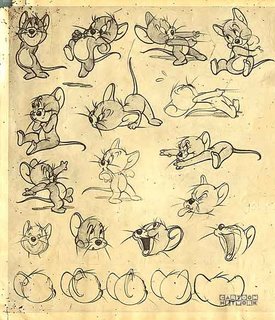
WHY DO DRAWINGS FROM CLASSIC CARTOONS LOOK SO MUCH BETTER THAN ALL OTHER CARTOON DRAWINGS?
If you are a young cartoonist who wants to learn all the secrets of great cartooning, this is your lucky day.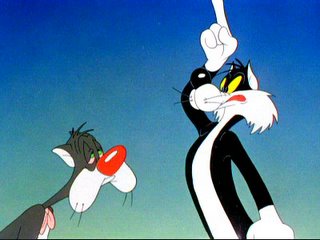
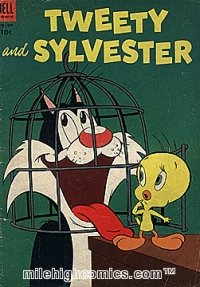
I used to watch cartoons all the time growing up and buy all the comic books of the same characters to try to learn to draw in "animation style".
Even as a kid, though, I could see that the drawings of cartoon characters in comics and on puzzles, TV trays, Golden Books and other merchandise seemed to be not as perfect as the animated cartoon versions. Something was missing.
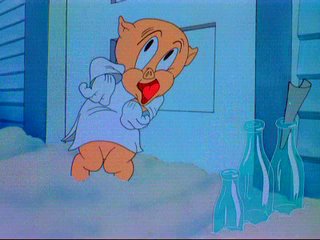
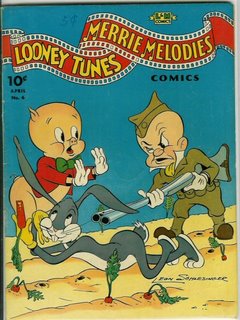
I met a guy named Pat Lahey when I was 11 who also drew cartoons and he was more advanced than me and it pissed me off. Then one day I was at his house while he was drawing something and he showed me the greatest thing ever-The Preston Blair Book.
It was the best day of my life!
Use PRINCIPLES to draw better:I was used to drawing straight ahead - I'd start at the top of the drawing and work my way down, doing all the details as I went. The book explained a completely different way of drawing - drawing by using principles, and building your drawings up by drawing the forms first, and adding the details last - only after all the major forms made sense.
I can't stress this enough: If you are a young cartoonists and are serious about learning how to make cartoons look like REAL cartoons, then obey me now!
Because I'm going to not only tell you about the Preston Blair Book-but I'm gonna guide you through it, fundamental concept by fundamental concept.
Save money and learn it rightYou can go to animation school, spend a $100,000 and not learn a damn thing about the basics of good animation drawing-OR you can buy a Preston Blair book for $8 and learn it all in a couple months. Make the sensible choice!
Just about every cartoon being made today is based on the principles and style of cartoons made in Hollywood in the 1940s - Anime, Cartoon Network flat stuff - even the Simpsons. The only difference is, that some of the principles that make the classic stuff look so good have since been lost. The new cartoons are all a degeneration of old cartoons - a superficial copy of them.
Many of the artists drawing today don't even know they are copying - but copying wrong - styles and trends and principles of what developed from the animated cartoons of the Golden Age.
So if you learn the principles correctly now - you will be able to draw in any style today. You'll be miserable having to dumb down your abilities once you get a job but you will be in demand.
Lesson 1 -CONSTRUCTION - THE HEAD
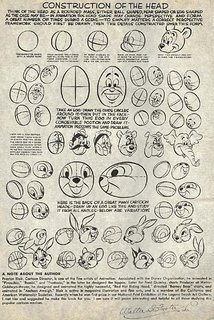
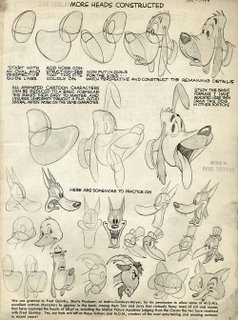 CONSTRUCTION is the most important concept you need to understand.
CONSTRUCTION is the most important concept you need to understand.It's like sculpting your drawings.
Step 1-draw the form of your character first - a sphere, or a cranium or whatever the form looks like.
Step 2- Draw center lines through the form both vertically and horizontally-
wrap those lines around the form in the right place. Don't draw straight lines.
right through the center. Not to the side - be logical! DRAW SLOW AND CAREFULLY TO GET IT TO LOOK RIGHT.
WHAT ARE THE CENTER LINES FOR? not for decoration.
They are guide lines. We call them construction lines.
They help you place the features on the forms in the right place.
Place the eyes on either side of the line in the middle of the face.
This sounds so simple that you probably think -" what's so hard about that?"
Use CENTER LINES right - DON'T CHEAT!
- A lot of cartoonists see constructed drawings on cartoon "model-sheets" and think "Oh, I see a cartoon drawing has all these extra lines crawling all over them.
Then they draw their cartoon picture and after it's finished sneak the center lines on top of the already completed drawing.
Thus, everything ends up in the wrong place.
Think of your principles as tools to help you draw more sensibly. You wouldn't use your fist to drive a nail into a plank would you? No, you'd use a hammer. It's a lot faster, more accurate and easier. Drawing principles are your tool kit.
Now look at how great old model sheets were:
 http://klangley.blogspot.com/2006/04/more-tex-avery-model-sheets.html
http://klangley.blogspot.com/2006/04/more-tex-avery-model-sheets.htmlI know you want to be this good.
Start practicing drawing the right way and maybe some day you can work for me or any studio you like.
If this or any other lesson is useful to you feel free to chip in a bit.

